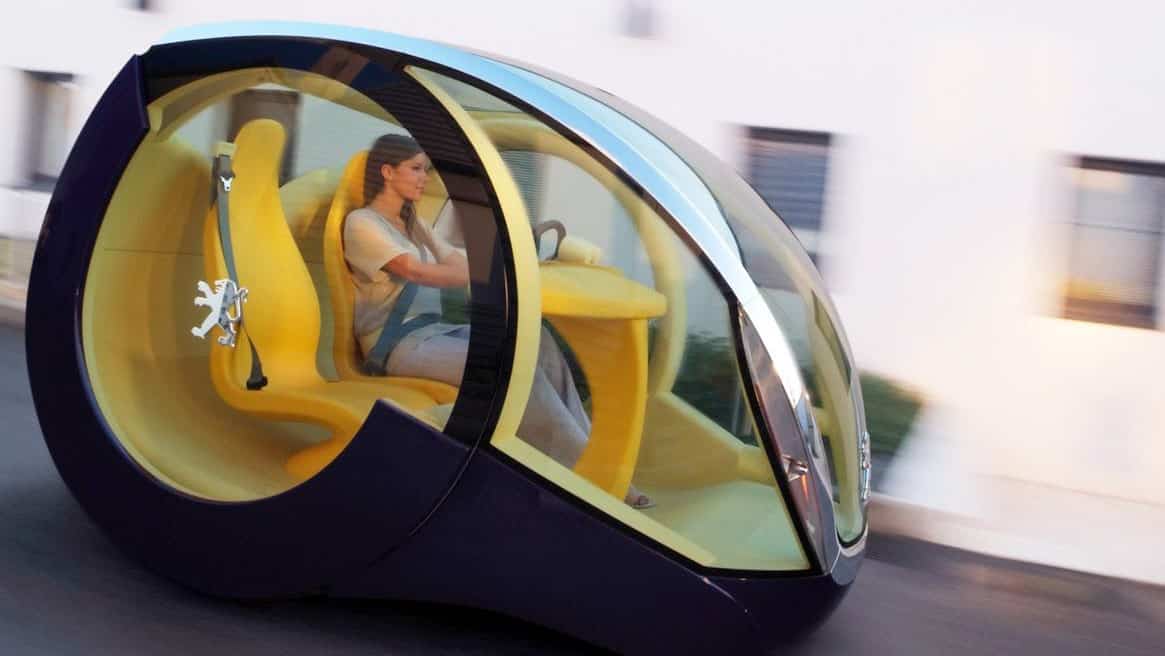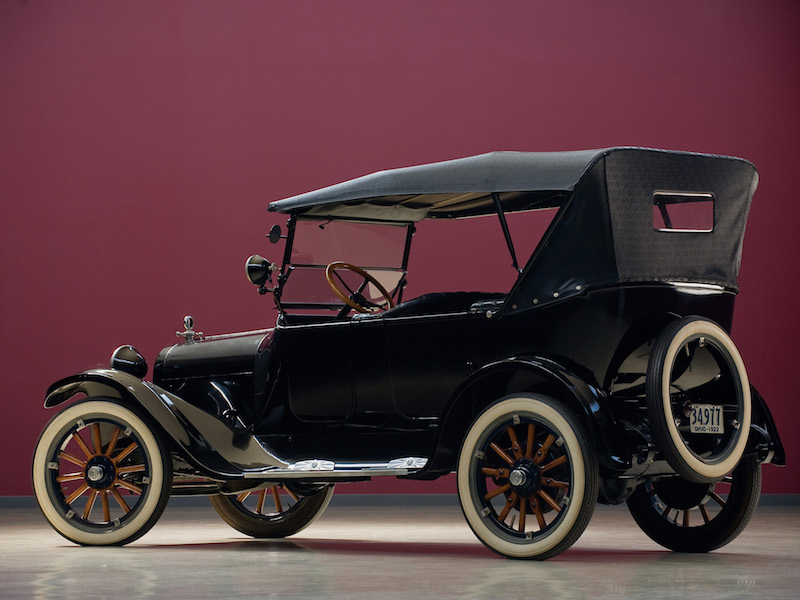Big changes for our country loom ahead. The days of the internal combustion engine are numbered. In ten years, electric cars could start to outnumber gasoline powered cars. From an environmental standpoint, this may be a good thing but with this transformation will come many other changes.
Petroleum in the United States is a major industry. In 2015, U.S. production of crude oil rose to 9.48 million barrels per day. The United States oil industry is made up of thousands of companies, engaged in exploration and production, transportation, refining, distribution and marketing of oil. In 2010, the total revenue of the oil and gas industry in the United States was $146 billion dollars. The oil and gas industry supports nine million jobs and makes up 7% of the gross domestic product. It is estimated that by 2040 long range electric cars will cost less than $22,000 dollars in today’s money. Electric vehicles could displace oil demand by up to two million barrels a day as early as 2023.
There are 168,000 retail service stations that sell fuel to the public in the United States. Of the millions of gallons of fuel sold each year, the average State and Federal taxes consist of about $0.47 to $0.50 cents per gallon. Imagine this revenue starting to decline and eventually disappear. Federal tax revenue in 2014 raised $35.2 billion dollars from fuel usage. As our infrastructure ages, we desperately need to spend money to replace roads and bridges. The American Society of Civil Engineers put a price tag on upgrading America’s infrastructure at $2.2 trillion dollars over 5 years. Taxes to fund this infrastructure repair will have to come from other sources than just the gasoline tax but the advent of the electric car will set in motion a serious decline in Federal and State gasoline tax revenue.
Fuel efficiency is also a key factor in the decline of gasoline taxes. Over the past 20 years, passenger vehicles have become more fuel efficient moving from a range of 25 to 30 miles per gallon to 30 – 35 miles per gallon. This process will eventually evolve and is expected to reach up to 50 mpg. For 2012, the Bureau of Transportation reported that there were 254,639,386 registered vehicles in the United States. Sadly when we look back, the fuel economy in the period of the 1990s averaged 16.4 miles per gallon. While many of us remember the Hummer with 9 miles per gallon, the car that still holds the worst fuel of any passenger ever produced was the 1977 Lincoln Continental Mark V with an average of 7 mpg!
Electric cars are here to stay. Batteries are improving and prices are coming down. Many changes are forthcoming. Electric charging stations will become more common and the electric car will eventually cause the displacement of up to 8 million barrels of oil by the year 2040. This will cause the elimination of the corner gasoline station as we know it and Americans will have to adjust to new forms of tax not associated with gasoline. In fact, there is a bill in Congress based upon a tax of miles driven each year. These new taxes may take time to take hold but there is no doubt that the States and Congress see the reduction in tax on gallons of gasoline sold starting to be a real issue.






